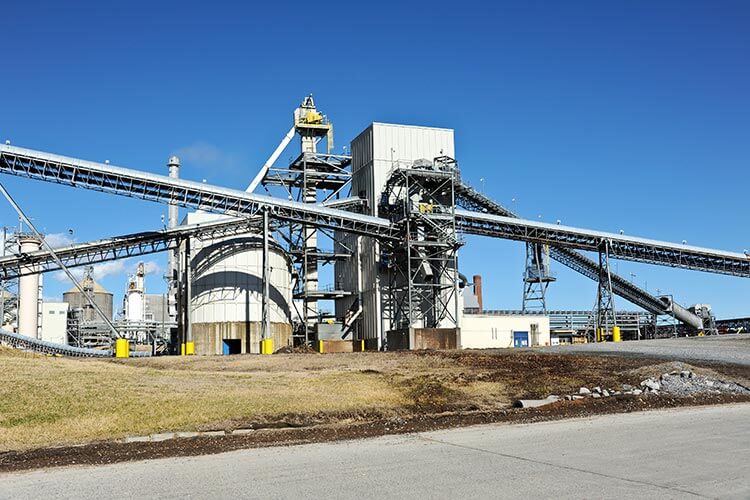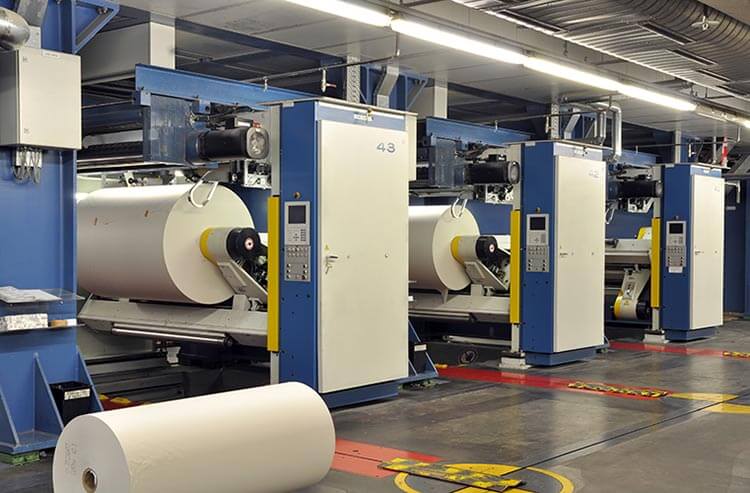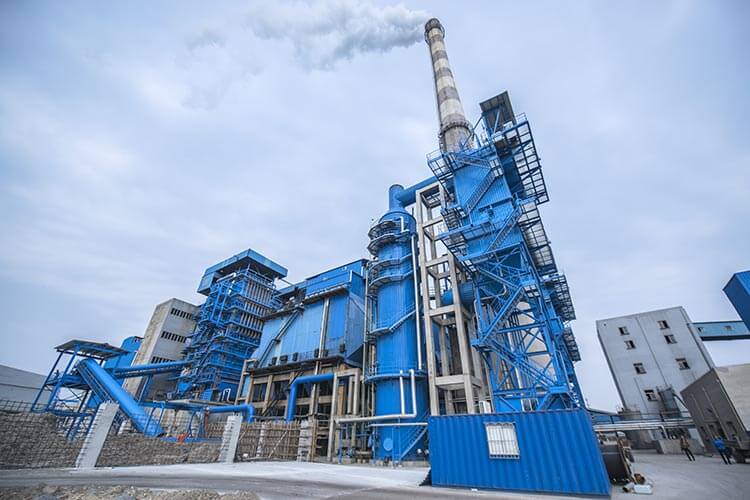The pulp and paper industry is a highly-competitive market with success tied to maximizing production and quality, and decreasing costs. To reduce production downtime and process variability, mills are increasingly looking to integrate industrial HMIs (human machine interface) into their complex production systems for industrial automation to increase efficiencies in product line processes.
Industrial HMIs offer reliable control of these complex production systems in industrial facilities. They are used in end-to-end pulp and paper mill production because they enable operators to reduce downtime and improve production productivity, quality and capacity.
Integrators typically utilize industrial HMIs to enhance production line performance because they are reliable, long-lasting solutions that allow operators increased visibility of production line performance directly on the factory floor. Engineered to withstand environmental hazards, industrial HMIs (as compared to their low-priced commercial counterparts) require minimal maintenance and replacement, which in turn helps maximize uptime.
Pulp and paper mills place industrial HMIs directly on the factory floor, which allows operators to easily monitor, control and adjust machine performance. With close proximity to the production line and clear visibility of production dashboards, operators are able to execute real-time control and maintaining critical process parameters; allowing them to respond quickly and swiftly to production errors.
Industrial monitors have multi-touch touch screens LCDs (PCAP) that are easy to read and access while wearing gloves. Some pulp and paper processing facilities are now integrating large format industrial computers (up to 42” LCD display) that increases operator access and view of data monitoring software, such as the 4155AA series.
Industrial computers are engineered to withstand the shocks/vibrations caused by processing equipment and machinery. They operate effectively and efficiently in conditions where ignitable concentrations of dust and fibers exist. The sealed enclosure that houses the industrial technology is rated for NEMA 4/4X environments because it prevents internal components from damage due to dust, fibers, debris, hose-directed water and corrosion. For the European market, they are IP66 rated to meet the same qualifications of being dust-tight.
With long lifespans and little maintenance required, industrial computers and monitors minimize downtime of manufacturing technology. They are connected to production and processing machines directly on the factory floor, which increases the operators access to machine performance and the machine itself. This allows them to act quickly if any issues arising, maximizing uptime of production lines.




